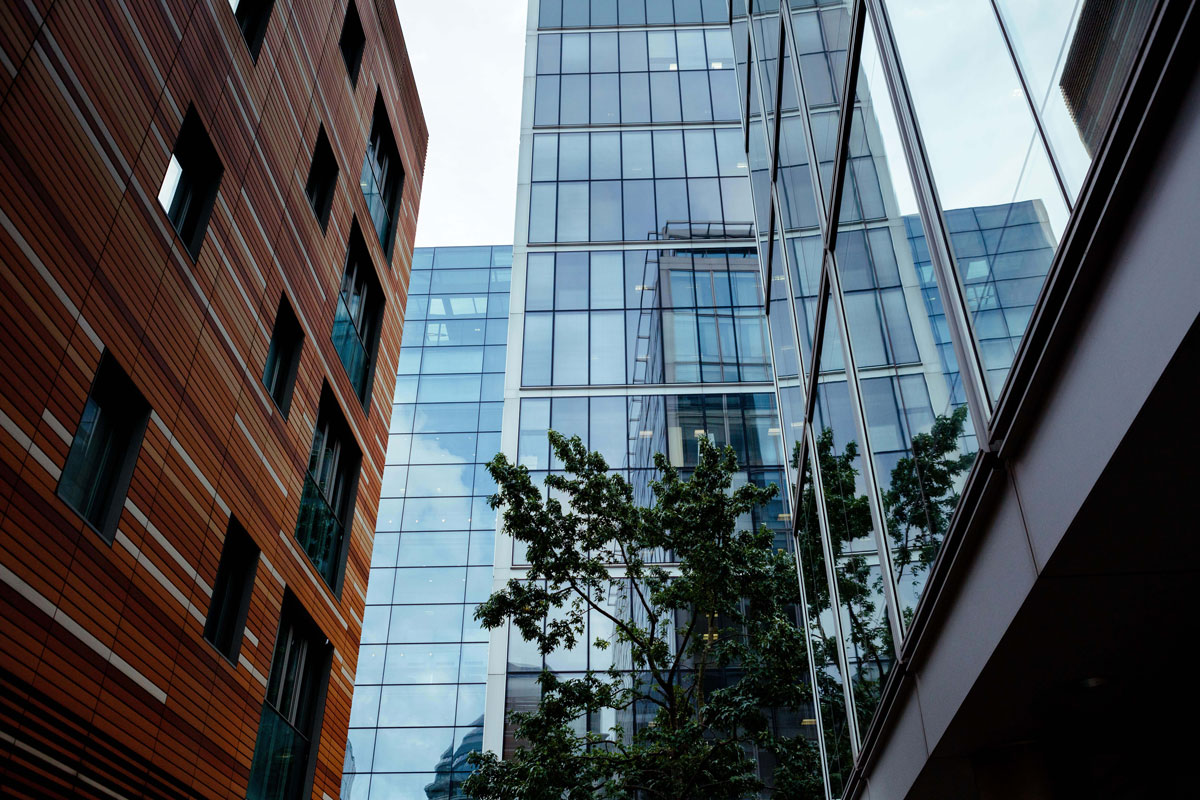There are other key considerations for organisations, the consequences of a world full of unused offices could be more significant than might be imagined. Without being able to access the office to track data onsite, businesses are flying blind in relation to energy usage and carbon emissions. The reality is that much of the data infrastructure reporting is not joined up enough, particularly across large portfolios, which leaves overall visibility impossible while site visits are impinged.
The massive increase in remote working will have significant ramifications for energy consumption and emissions across the workplace sector. Obviously, there is less energy consumption in an empty office and less pollution generated from transport and the supply chain. But is the buck just being passed to individual employees, and if the business isn’t able to track out of office activity, how do we know which approach is more sustainable?
In winter, for instance, a large number of workers will be pumping out central heating throughout the day to warm their homes. As well as being costly for the individuals, this may use more energy and produce a larger carbon footprint than if all employees were in one office. Will the onus fall to employers to if not fund, but certainly advise and report back on energy usage in this context and ensure that their employees are living and working in a sustainable way? There are significant ramifications if we begin to approach the issue in this way, and it shows again a significant blurring between domestic life and the office.



